Home>Gardening & Outdoor>Pool & Spa Care>Where Is The High Limit Switch On My Hot Tub
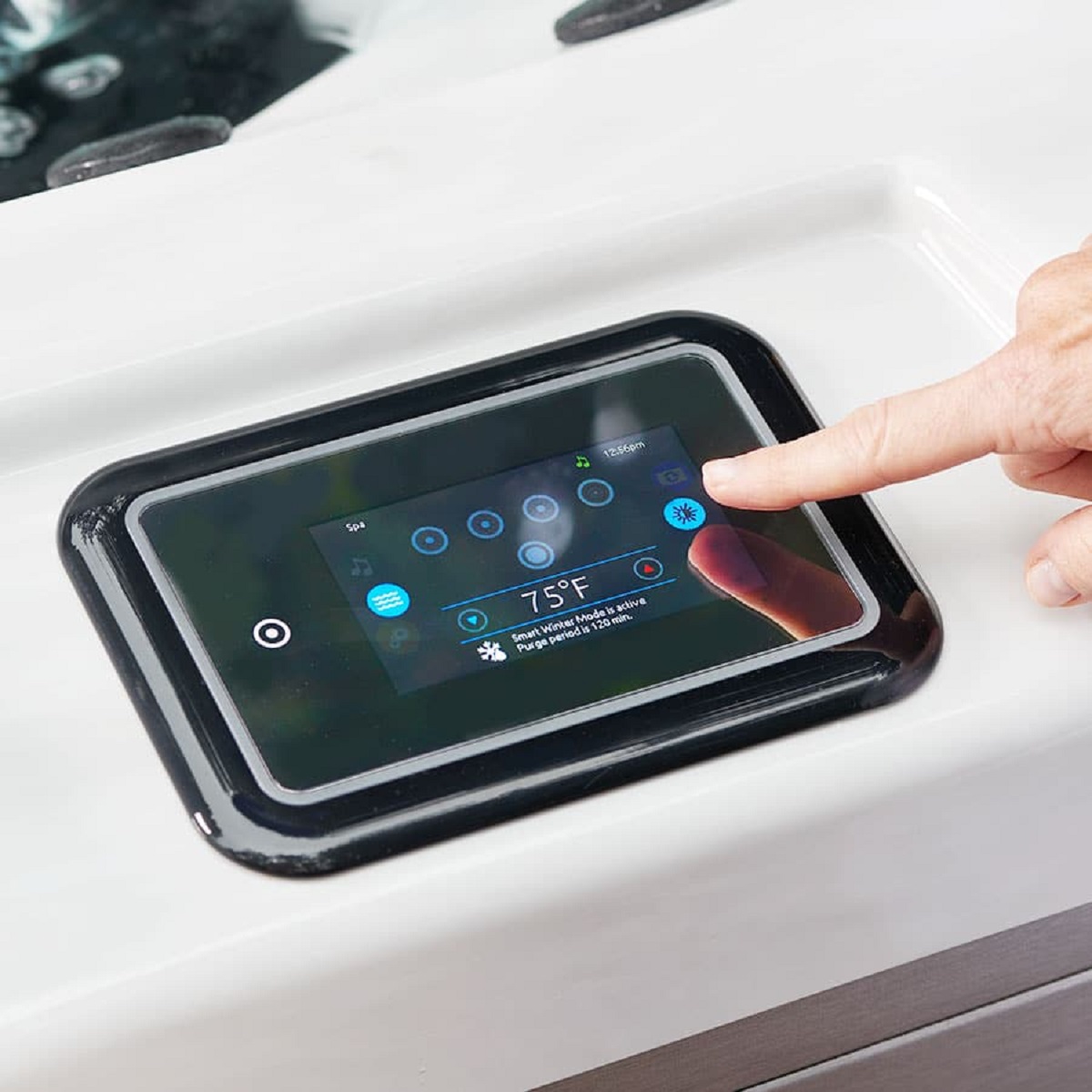

Pool & Spa Care
Where Is The High Limit Switch On My Hot Tub
Published: December 29, 2023
Find out where the high limit switch is located on your hot tub and how to troubleshoot it for optimal pool and spa care. Explore our expert tips now!
(Many of the links in this article redirect to a specific reviewed product. Your purchase of these products through affiliate links helps to generate commission for Storables.com, at no extra cost. Learn more)
Introduction
Owning a hot tub is a luxurious and rewarding experience, providing a soothing retreat right in the comfort of your own home. However, like any complex system, hot tubs require regular maintenance to ensure optimal performance and safety. One crucial component of a hot tub is the high limit switch, a small yet vital part that plays a significant role in protecting both the tub and its occupants.
Understanding the function and location of the high limit switch is essential for maintaining your hot tub and ensuring its longevity. This article will delve into the intricacies of the high limit switch, guiding you through its purpose, location, and troubleshooting techniques. Whether you're a seasoned hot tub owner or a novice enthusiast, this comprehensive guide will empower you with the knowledge to keep your hot tub in pristine condition.
Key Takeaways:
- The high limit switch in your hot tub is like a superhero, protecting you and your tub from overheating. It’s usually near the control panel or heater assembly, and if it trips, just follow the manual to reset it.
- Keep your hot tub safe and cozy by knowing where the high limit switch is and how to troubleshoot it. Regular checks and maintenance ensure a worry-free soak in your personal oasis.
Read more: What Causes High Phosphates In Hot Tub
Understanding the High Limit Switch
The high limit switch is a critical safety feature in hot tubs, designed to prevent the water from reaching excessively high temperatures that could pose a risk to users or damage the equipment. This small yet powerful component serves as a fail-safe mechanism, intervening when the water temperature surpasses the predetermined limit.
Typically, the high limit switch is connected to the heating element of the hot tub. When the water temperature rises to an unsafe level, the high limit switch interrupts the electrical circuit, halting the heating process and averting potential hazards. This safeguard is instrumental in protecting both the hot tub and its occupants from the perils of overheating.
Modern hot tubs are equipped with advanced high limit switches that incorporate innovative technology to accurately monitor and regulate water temperature. Some high limit switches are programmable, allowing for customization of the temperature threshold based on specific hot tub models and user preferences. This adaptability ensures that the high limit switch aligns with the unique heating requirements of diverse hot tub setups.
Understanding the pivotal role of the high limit switch in maintaining a safe and enjoyable hot tub experience underscores the significance of regular inspection and maintenance. By familiarizing yourself with this essential component, you can effectively safeguard your hot tub against potential overheating issues and ensure uninterrupted relaxation in your personal oasis.
Locating the High Limit Switch on Your Hot Tub
Locating the high limit switch is a fundamental aspect of hot tub maintenance, as it enables you to monitor and troubleshoot potential issues effectively. The precise location of the high limit switch can vary depending on the make and model of your hot tub, but there are general guidelines that can help you pinpoint its position.
1. Owner’s Manual: The first step in locating the high limit switch is to refer to the owner’s manual provided with your hot tub. The manual often contains detailed schematics and diagrams that highlight the components and their respective locations. This invaluable resource can offer specific insights tailored to your hot tub model, facilitating the identification of the high limit switch.
2. Control Panel: In many hot tubs, the high limit switch is integrated into the control panel. This centralized location allows for convenient access and monitoring of the switch. The control panel typically features an interface that displays the current water temperature and allows users to adjust settings, providing a glimpse into the high limit switch’s functionality.
3. Heater Assembly: Another common placement for the high limit switch is within the heater assembly of the hot tub. The heating element and associated components often house the high limit switch, strategically positioned to promptly respond to temperature fluctuations and uphold safety protocols. Carefully inspecting the heater assembly can lead you to the high limit switch.
4. Behind the Cabinet: In certain hot tub configurations, the high limit switch may be situated behind the cabinet or housing that encases the internal mechanisms. This concealed placement serves to protect the switch from environmental elements while remaining accessible for maintenance purposes. Removing the cabinet panels as per the manufacturer’s instructions can reveal the high limit switch’s location.
5. Consultation with Professionals: If you encounter challenges in locating the high limit switch or require expert guidance, reaching out to certified hot tub technicians or customer support from the manufacturer can provide invaluable assistance. These professionals possess the expertise to identify and address high limit switch-related concerns, ensuring the optimal functioning of your hot tub.
By familiarizing yourself with these general locations and leveraging the resources available, you can confidently navigate the task of locating the high limit switch in your hot tub. This knowledge empowers you to conduct routine checks and address any potential issues, reinforcing the safety and efficiency of your hot tub system.
The high limit switch on a hot tub is typically located near the heater. It is a safety feature that shuts off the heater if the water temperature gets too high. Check the owner’s manual for the exact location in your specific hot tub model.
Troubleshooting Issues with the High Limit Switch
While the high limit switch is designed to operate seamlessly, occasional issues may arise that require troubleshooting to ensure the optimal performance of your hot tub. Understanding common problems associated with the high limit switch and the corresponding solutions can empower you to address issues effectively and maintain a safe hot tub environment.
1. Tripped High Limit Switch: If the high limit switch has tripped, causing the heating element to cease operation, it indicates that the water temperature exceeded the preset limit. To address this, start by turning off the power to the hot tub and allowing the water to cool down. Once the water temperature is within the safe range, reset the high limit switch according to the manufacturer’s instructions. This often involves pressing a reset button or toggling a switch to restore normal operation.
2. Faulty High Limit Switch: A malfunctioning high limit switch can impede the heating process or lead to erroneous temperature readings. If you suspect that the high limit switch is faulty, it is advisable to consult a qualified hot tub technician to conduct a thorough assessment. They can diagnose the issue, replace the high limit switch if necessary, and recalibrate the system to ensure accurate temperature regulation.
3. Inaccurate Temperature Readings: In some instances, the high limit switch may relay inaccurate temperature readings, potentially causing the heating element to operate inefficiently. To troubleshoot this issue, verify the integrity of the temperature sensor connected to the high limit switch. Cleaning the sensor and ensuring proper alignment can rectify discrepancies and restore precise temperature monitoring.
4. Electrical Connectivity: Periodically inspect the electrical connections associated with the high limit switch to confirm that they are secure and free from corrosion or damage. Loose or compromised connections can impede the functionality of the high limit switch, necessitating prompt reconnection or replacement of the affected components.
5. Environmental Factors: Environmental elements such as moisture, debris, or extreme temperatures can impact the performance of the high limit switch. Conduct routine maintenance to shield the switch from environmental influences, such as sealing exposed components and safeguarding the surrounding area to maintain optimal conditions for the high limit switch.
By addressing these potential issues and implementing proactive maintenance measures, you can uphold the reliability and safety of the high limit switch in your hot tub. Regular inspections and swift resolution of any concerns contribute to a seamless hot tub experience, allowing you to indulge in soothing relaxation with confidence and peace of mind.
Conclusion
As you immerse yourself in the world of hot tub ownership, understanding the intricacies of the high limit switch emerges as a pivotal aspect of maintaining a safe and enjoyable hot tub experience. The high limit switch serves as a vigilant guardian, diligently monitoring water temperature and intervening when necessary to avert potential hazards. By comprehending the function, location, and troubleshooting techniques associated with the high limit switch, you can fortify the safety and efficiency of your hot tub.
Empowered with the knowledge of the high limit switch, you are equipped to navigate the nuances of hot tub maintenance with confidence and precision. Regularly inspecting the high limit switch, familiarizing yourself with its location, and promptly addressing any issues that arise are essential practices that contribute to the longevity and performance of your hot tub.
Whether it’s resetting a tripped high limit switch, consulting a technician for complex issues, or safeguarding the switch from environmental factors, your proactive approach to high limit switch maintenance ensures that your hot tub remains a sanctuary of relaxation and rejuvenation. The harmony between your diligent care and the steadfast vigilance of the high limit switch cultivates an environment where safety and serenity converge seamlessly.
As you embark on this journey of hot tub ownership, embracing the role of the high limit switch as a stalwart protector underscores the significance of prioritizing safety and maintenance. With this comprehensive understanding, you can savor the tranquil retreat that your hot tub offers, knowing that the high limit switch stands as a steadfast guardian, preserving the sanctuary of warmth and relaxation within your personal oasis.
Frequently Asked Questions about Where Is The High Limit Switch On My Hot Tub
Was this page helpful?
At Storables.com, we guarantee accurate and reliable information. Our content, validated by Expert Board Contributors, is crafted following stringent Editorial Policies. We're committed to providing you with well-researched, expert-backed insights for all your informational needs.
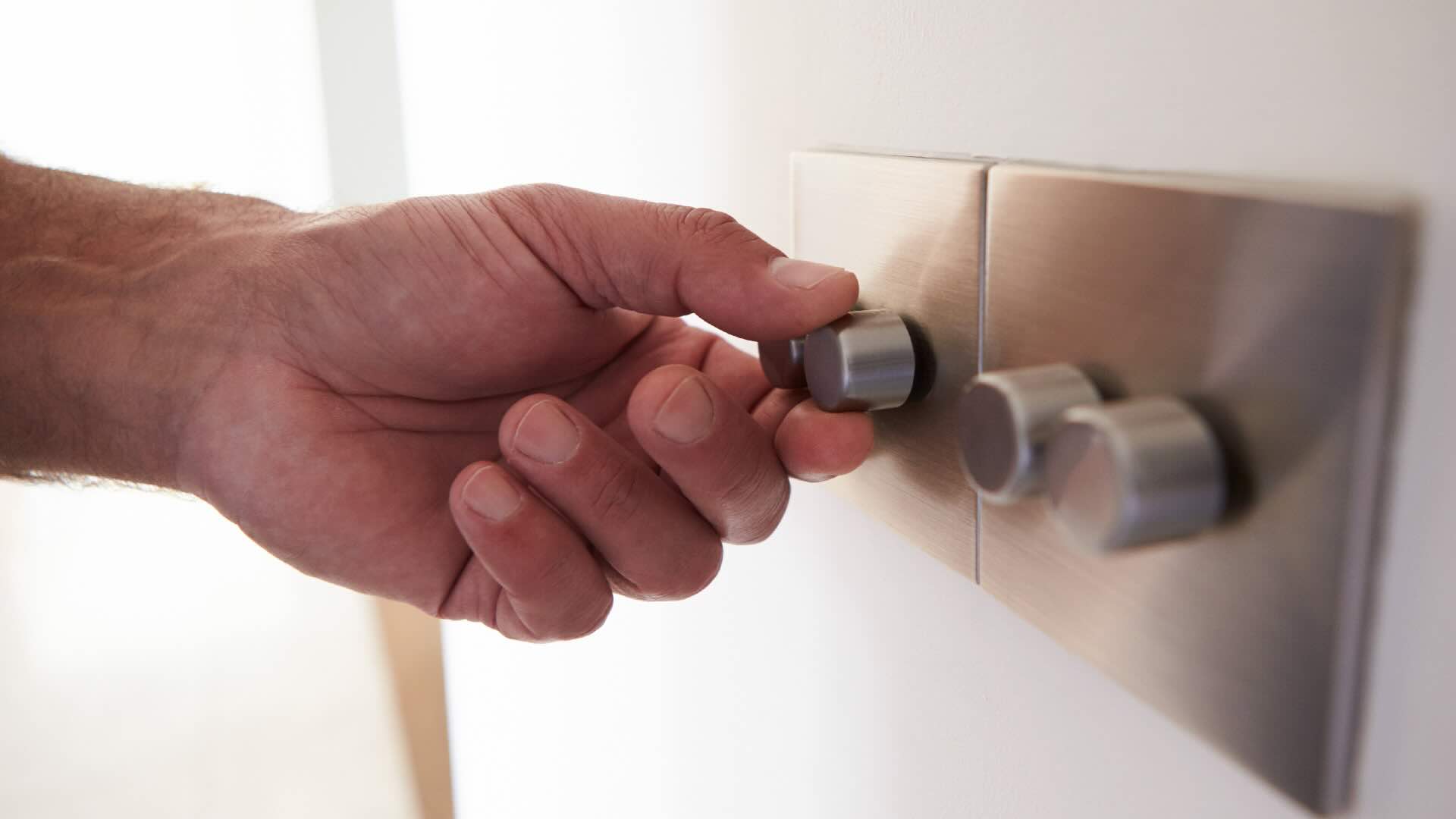
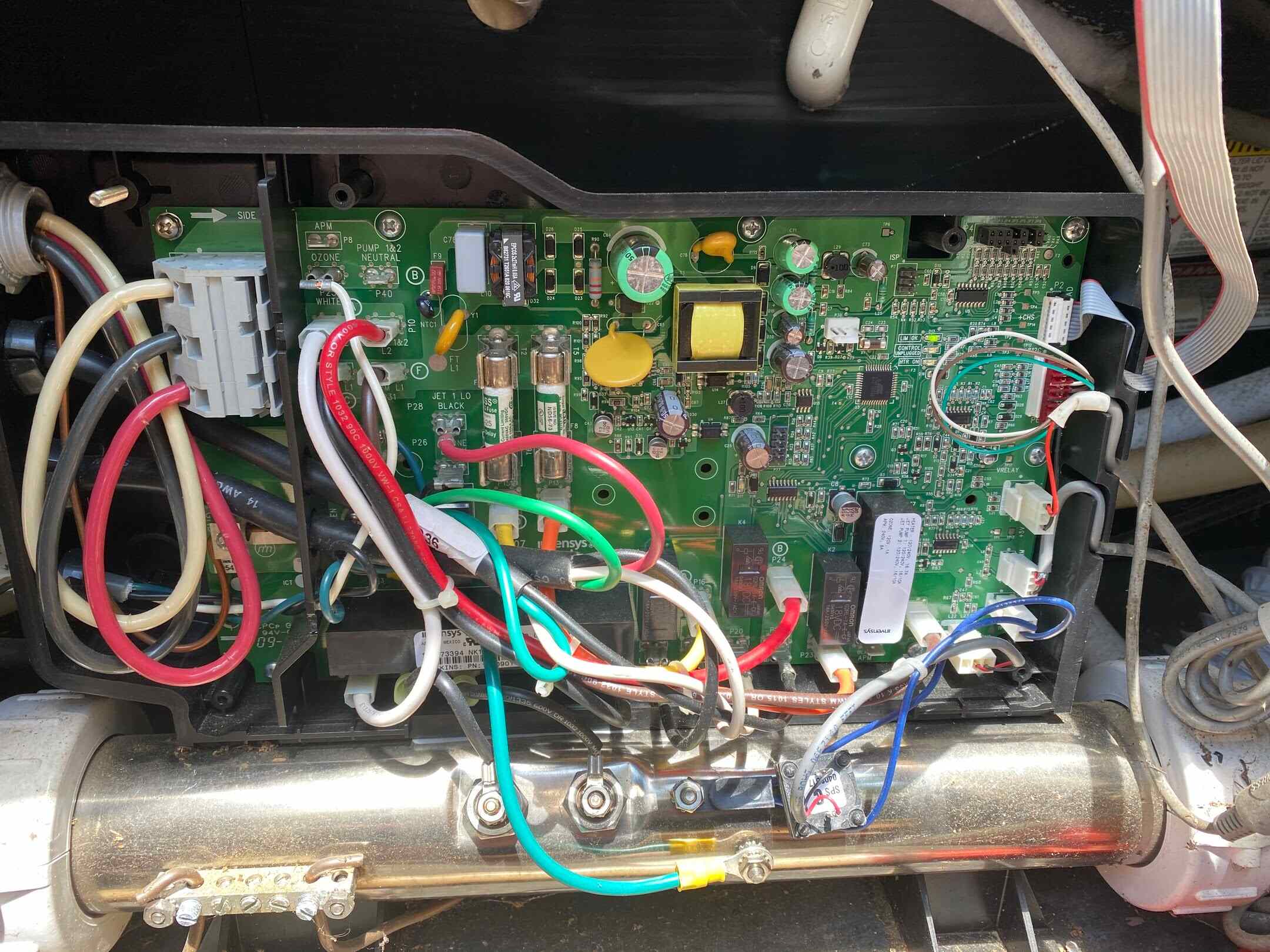
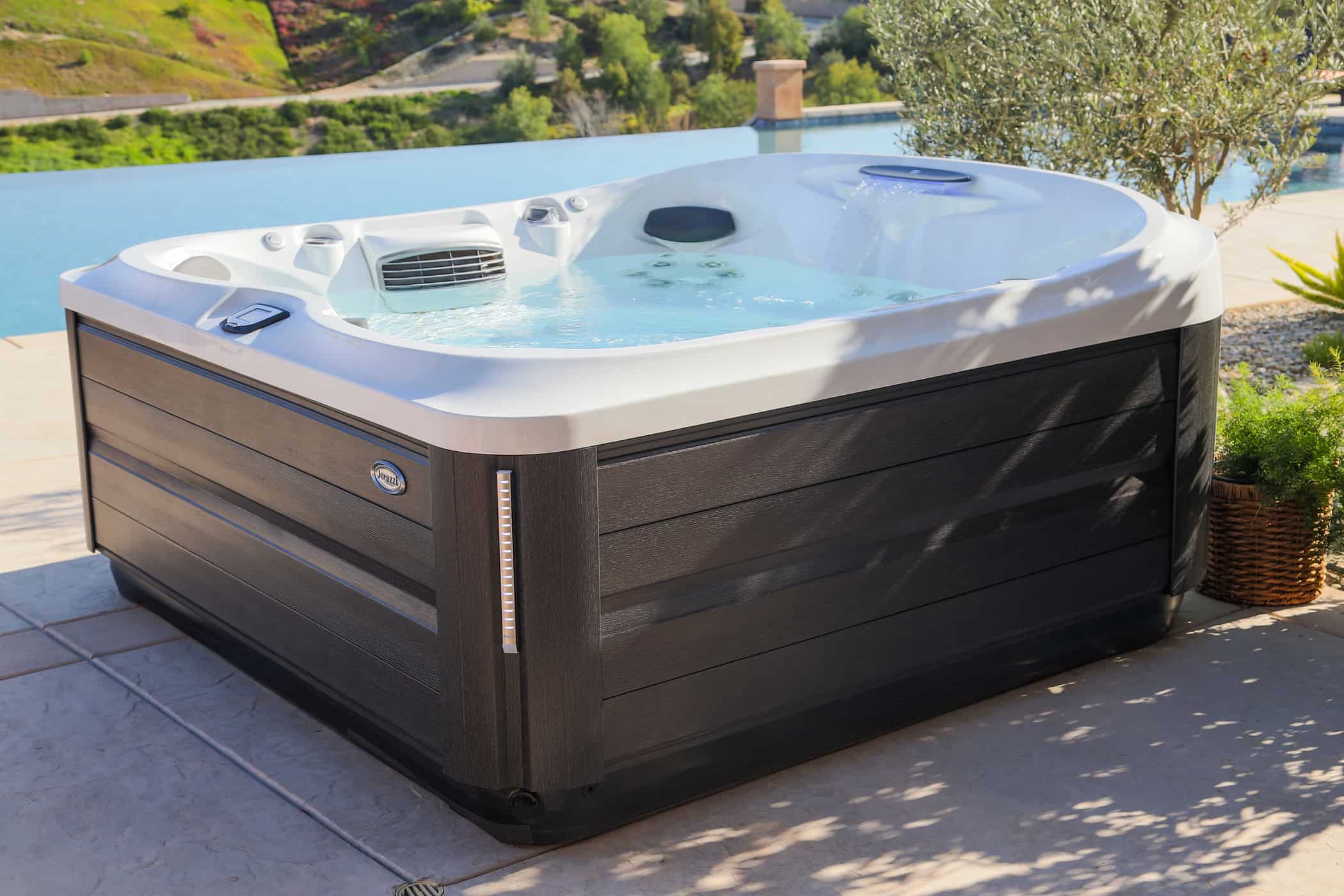
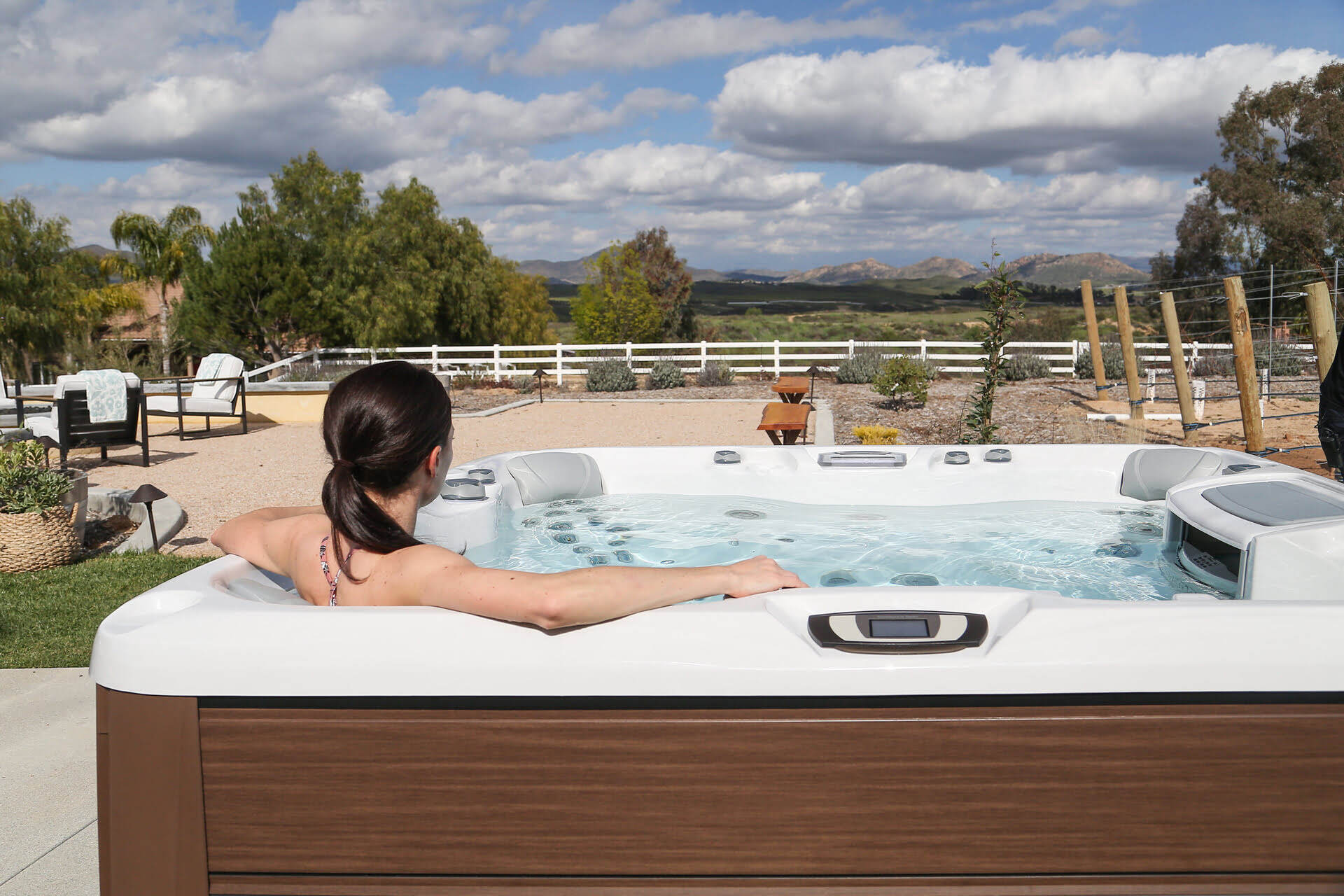
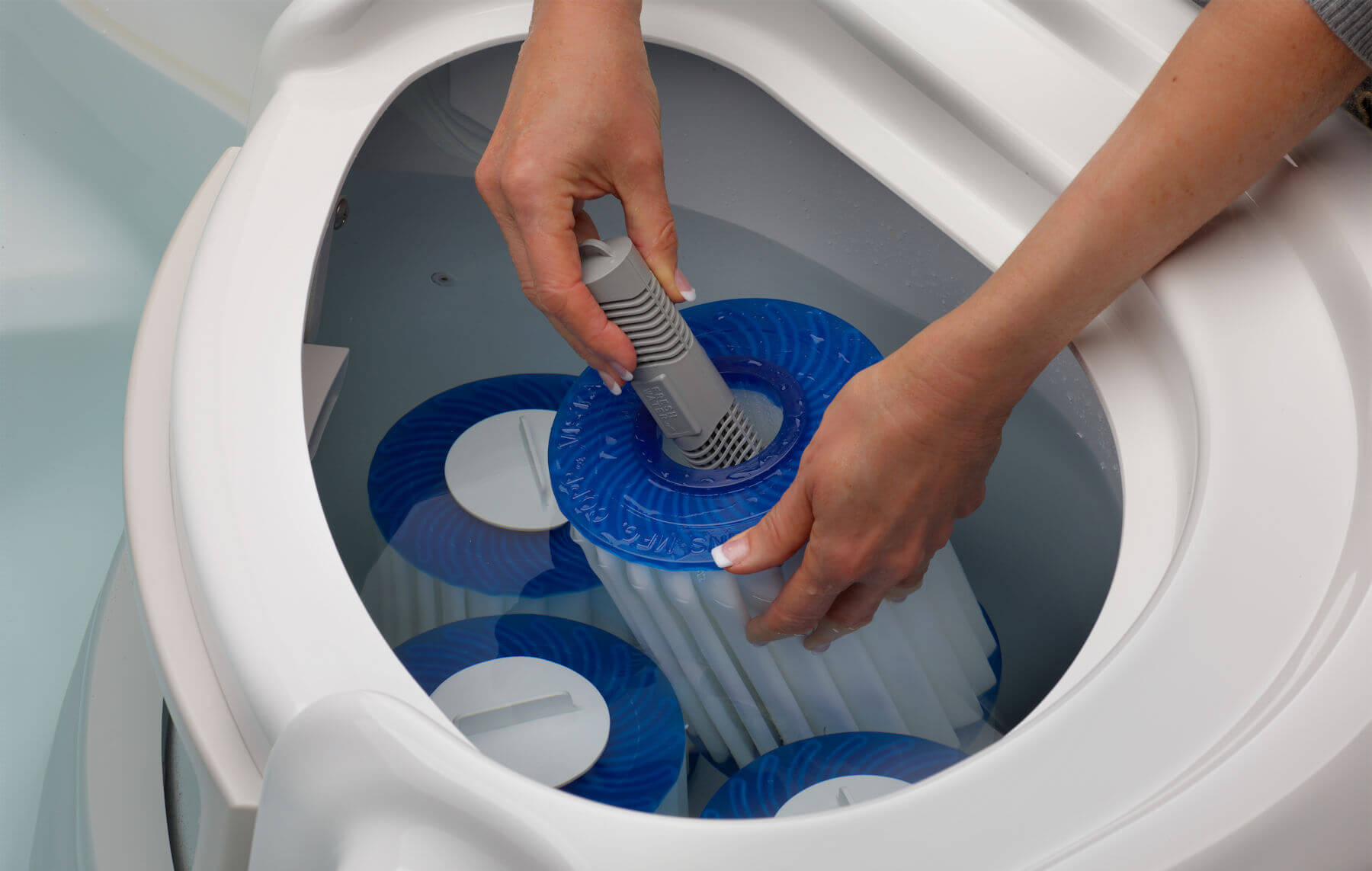
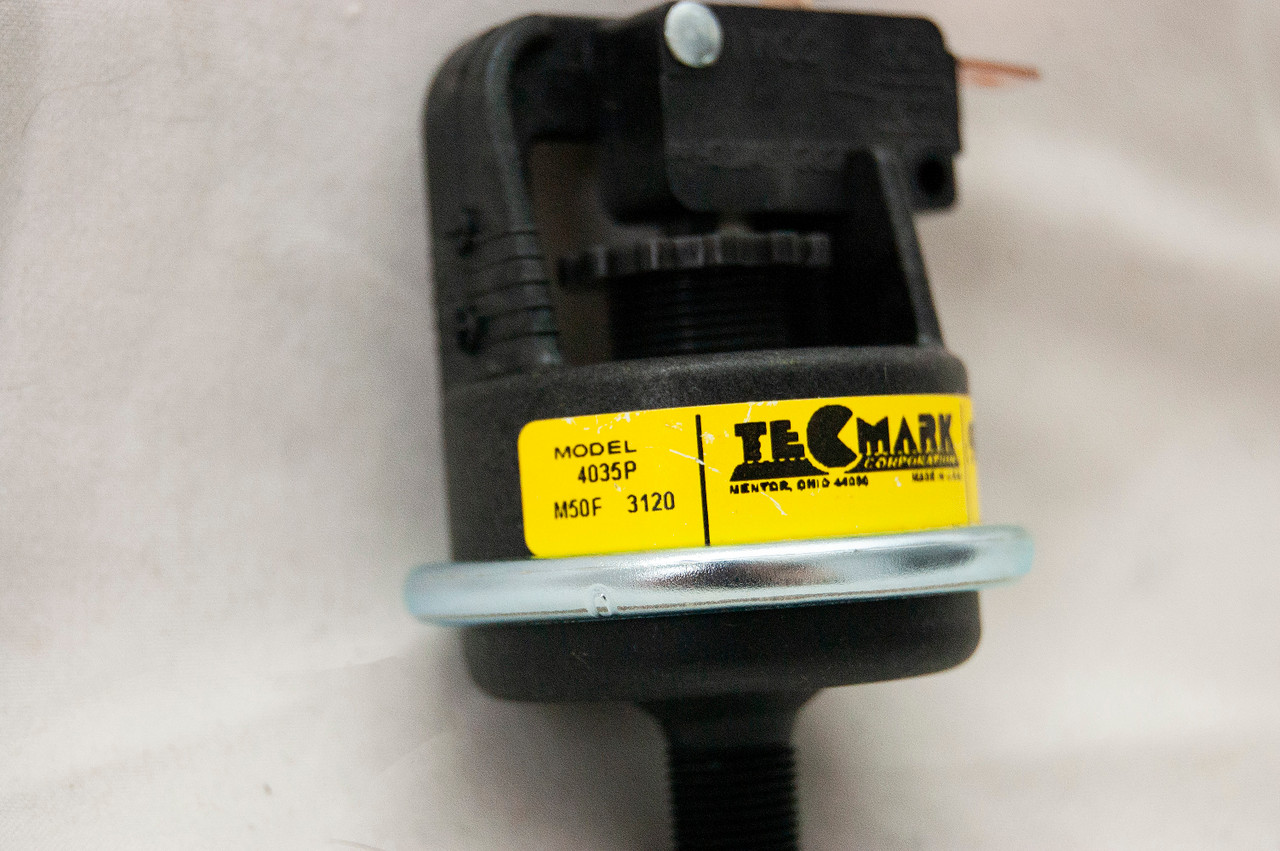
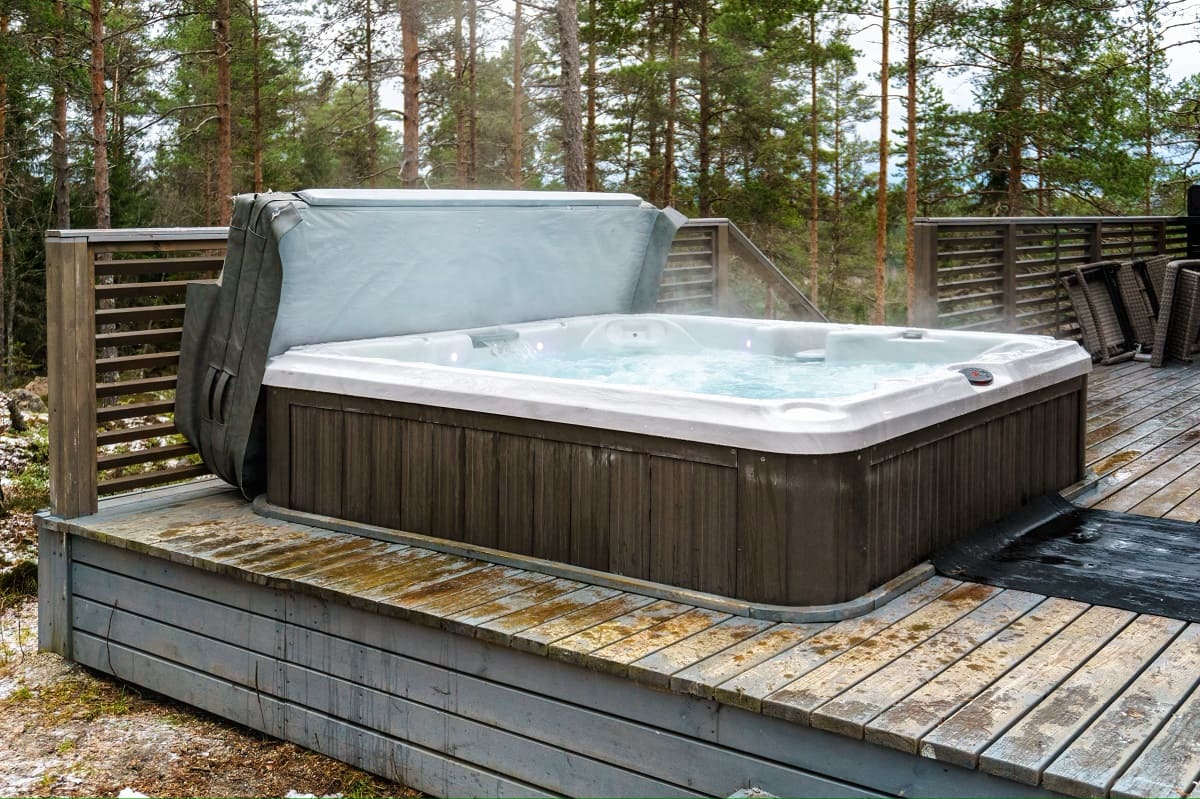
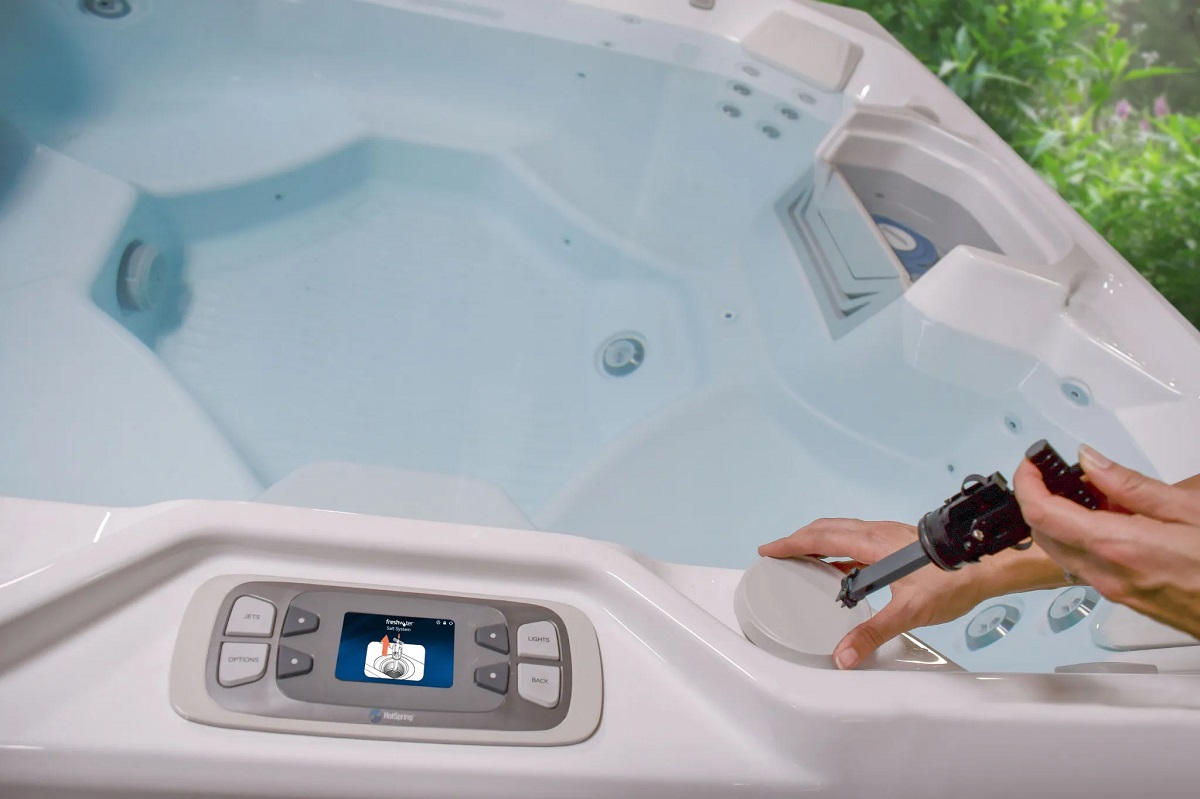
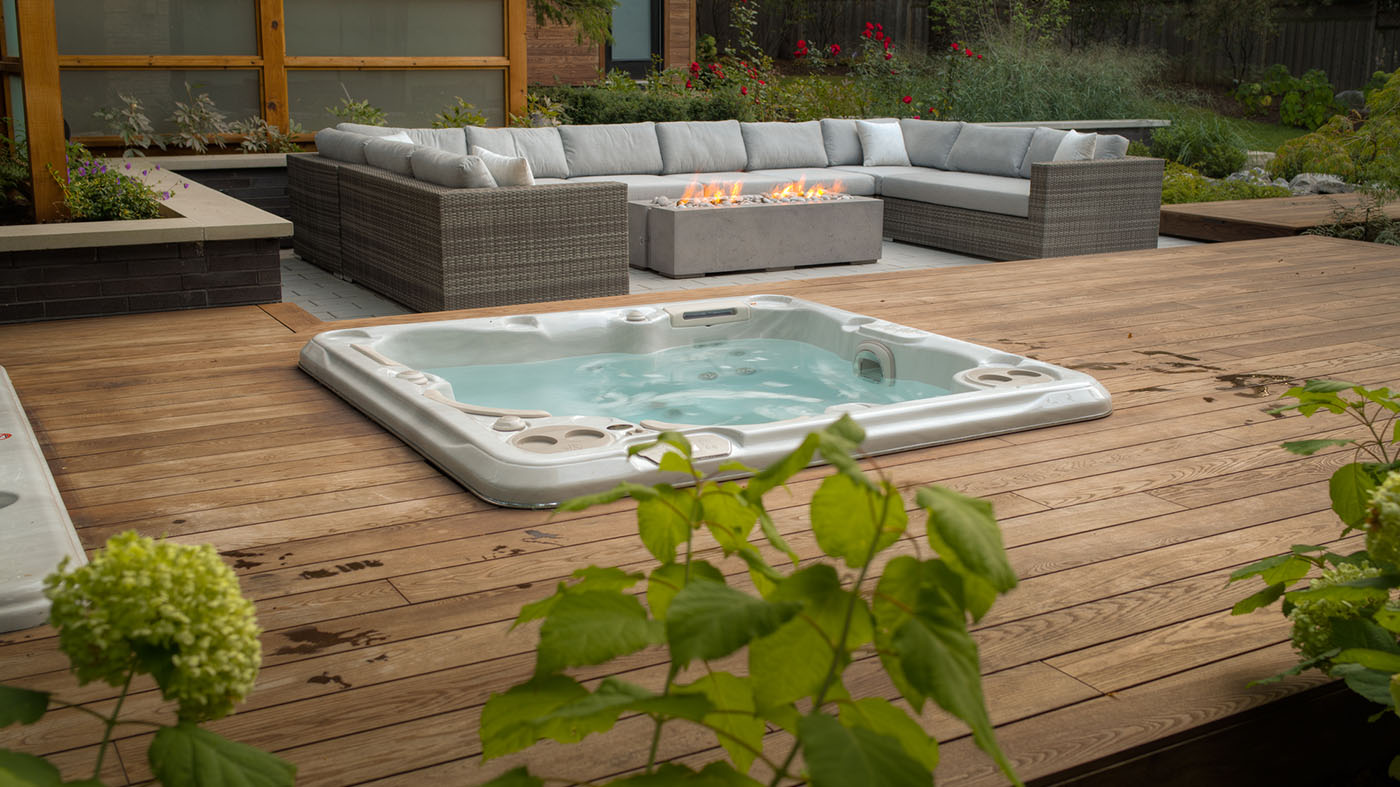
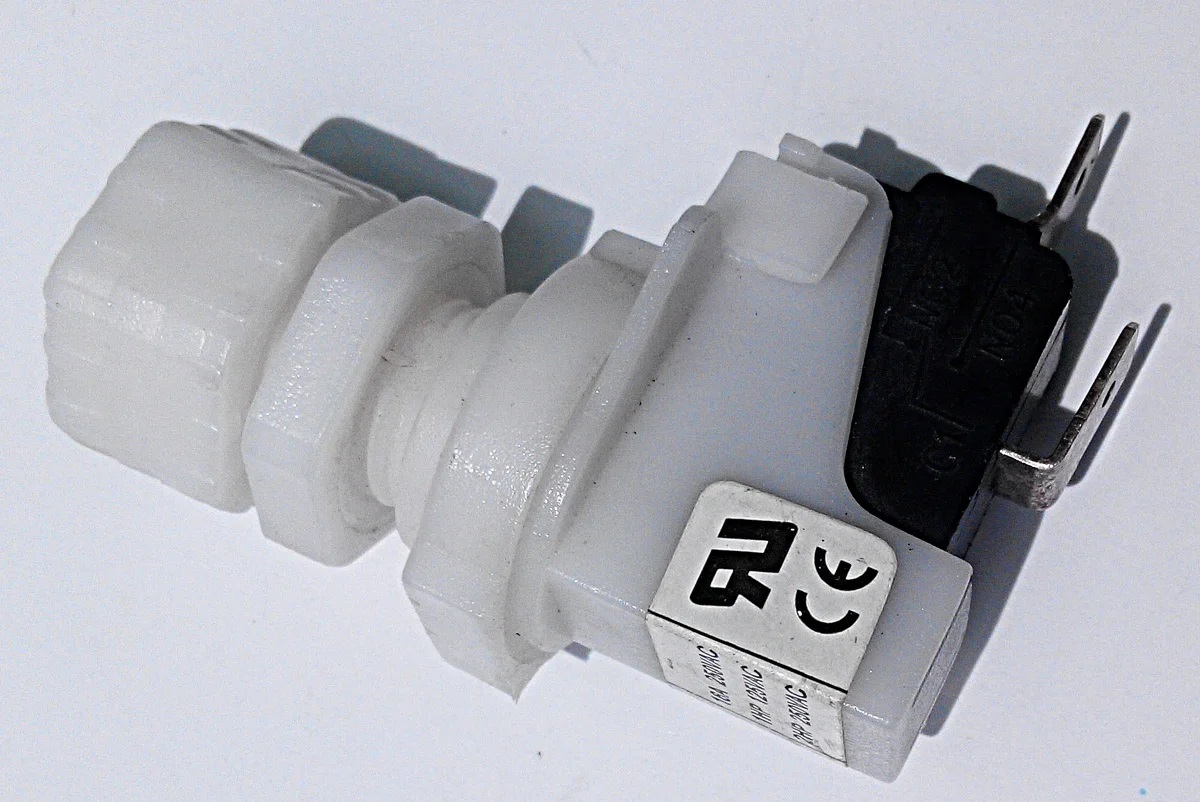
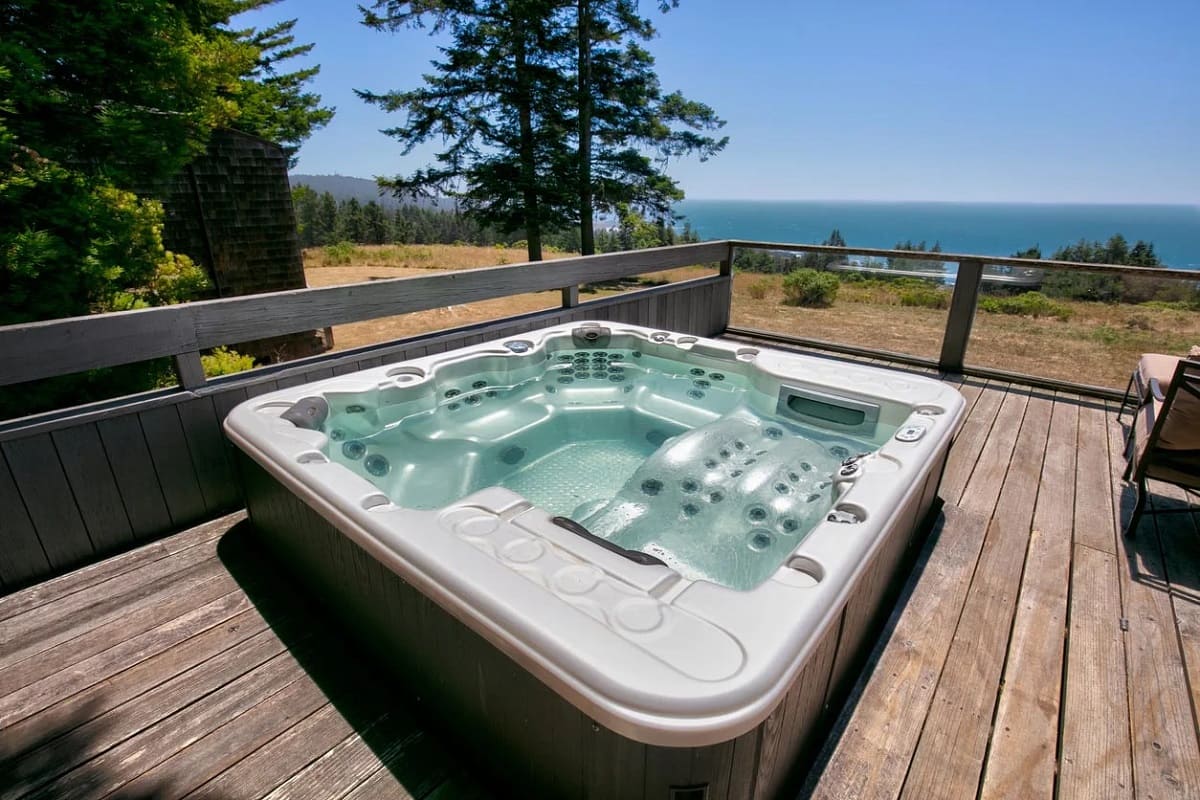
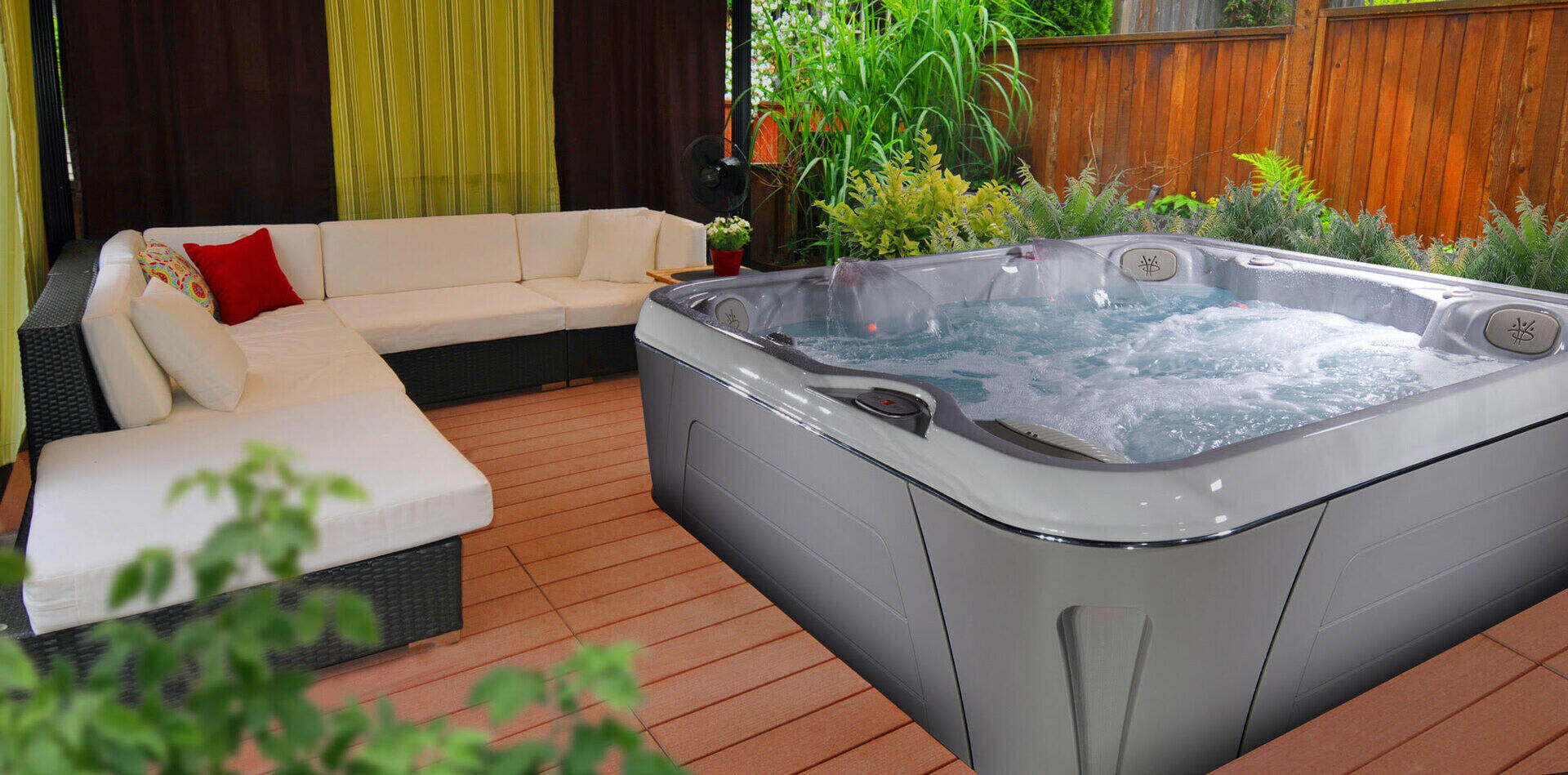

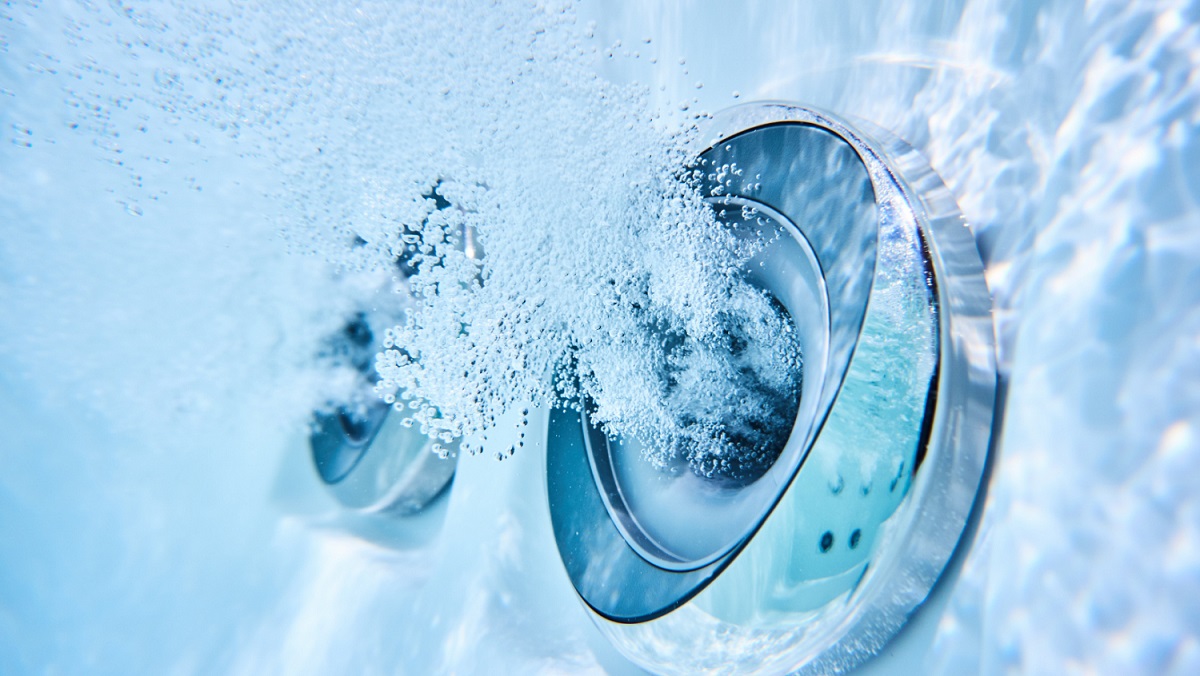
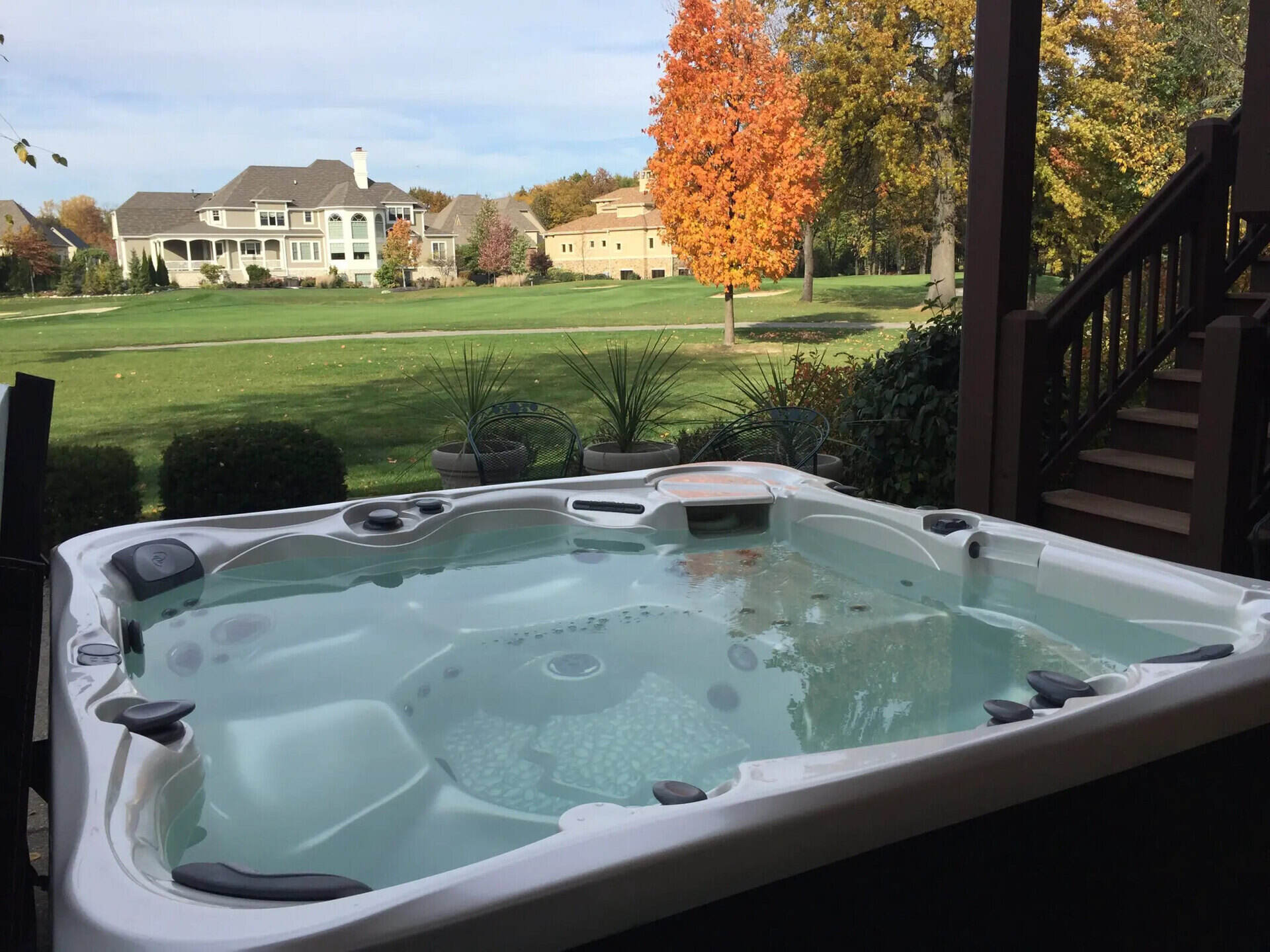

0 thoughts on “Where Is The High Limit Switch On My Hot Tub”